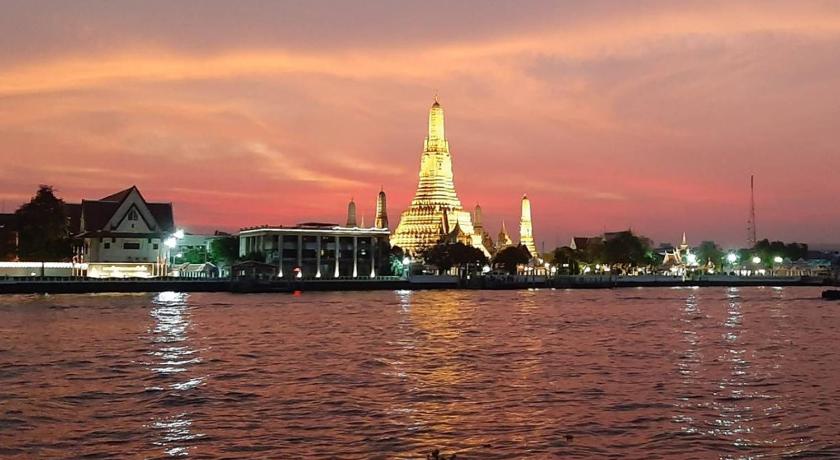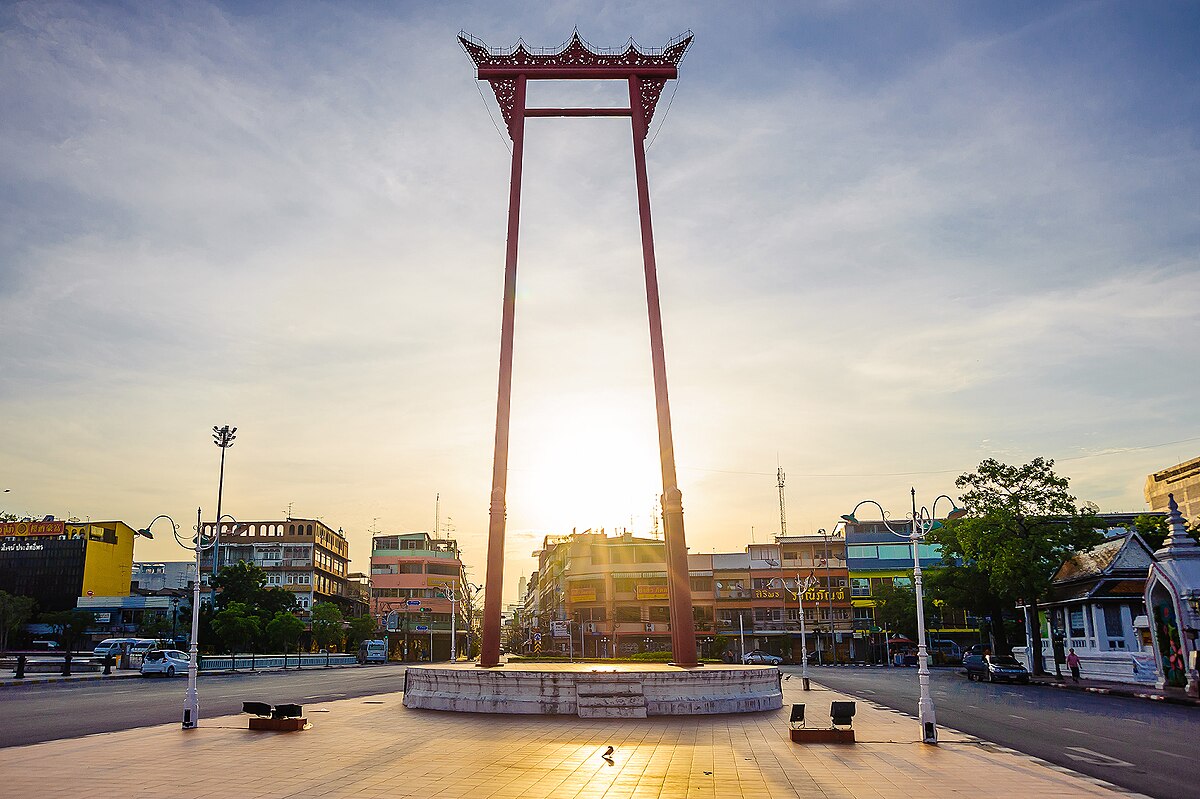A Glimpse into Thailand’s Spiritual Heritage
Exploring the Majestic Wat Arun
Wat Arun, also known as the Temple of Dawn, stands as a magnificent landmark on the west bank of the Chao Phraya River in Bangkok. This iconic Buddhist temple, officially named Phraprang Wat Arun Ratchawararam Ratchawora Mahawihan, captivates visitors with its stunning architecture and rich history.
Architectural Marvel on the Riverside
The Distinctive Phra Prang Design
The temple’s most striking feature is its central prang (Khmer-style tower), which rises majestically to dominate Bangkok’s skyline. Adorned with colorful porcelain and seashells, the prang’s intricate designs reflect Thai craftsmanship at its finest.
Historical Significance and Cultural Importance
From Dawn to Dusk: A Symbol of Thai Buddhism
Wat Arun’s name, meaning “Temple of Dawn,” is derived from the Hindu god Aruna. This connection highlights the temple’s significance in Thai Buddhist culture and its role as a spiritual beacon for locals and tourists alike.
Visitor Experience and Practical Information
Navigating Your Visit to Wat Arun
Travelers can explore the temple grounds, climb the central prang for panoramic views of Bangkok, and witness stunning sunsets over the Chao Phraya River. As with all Thai temples, visitors should dress modestly and remove their shoes before entering sacred areas.
Preserving Thailand’s Cultural Heritage
Wat Arun’s Role in Modern Bangkok
Today, Wat Arun continues to serve as an active place of worship while also attracting countless visitors fascinated by its beauty and historical significance. Its presence on the Bangkok skyline serves as a reminder of Thailand’s rich cultural and spiritual heritage.









